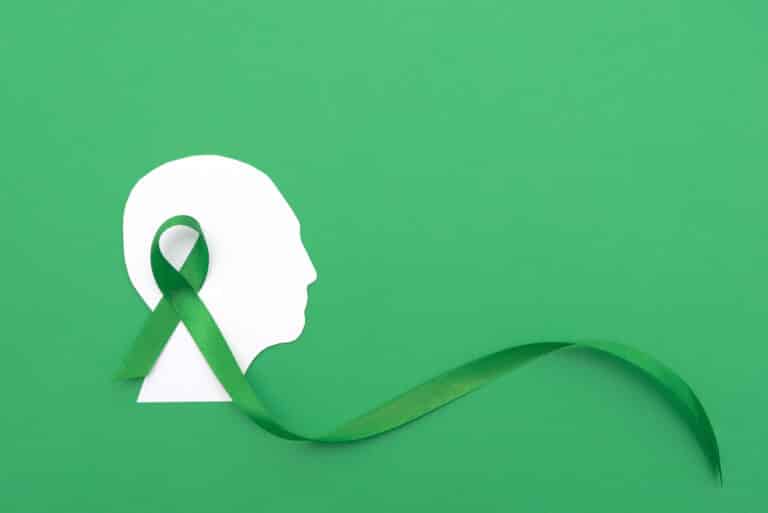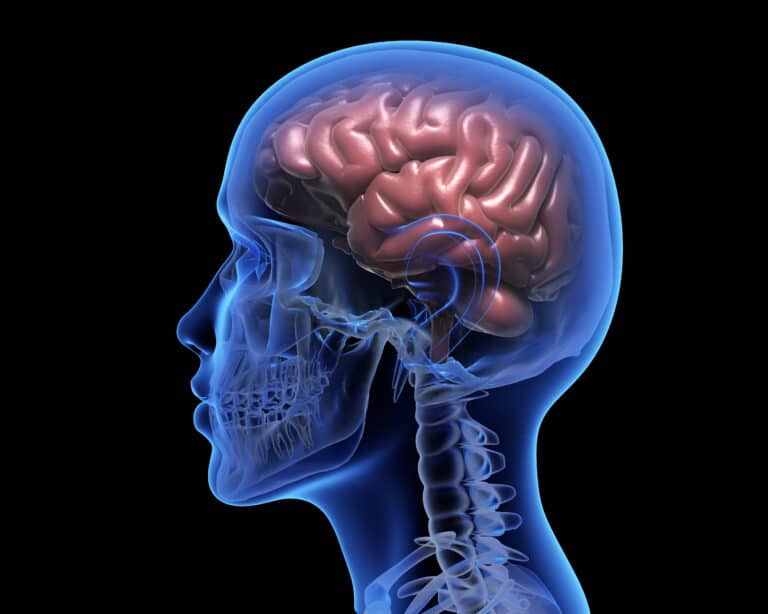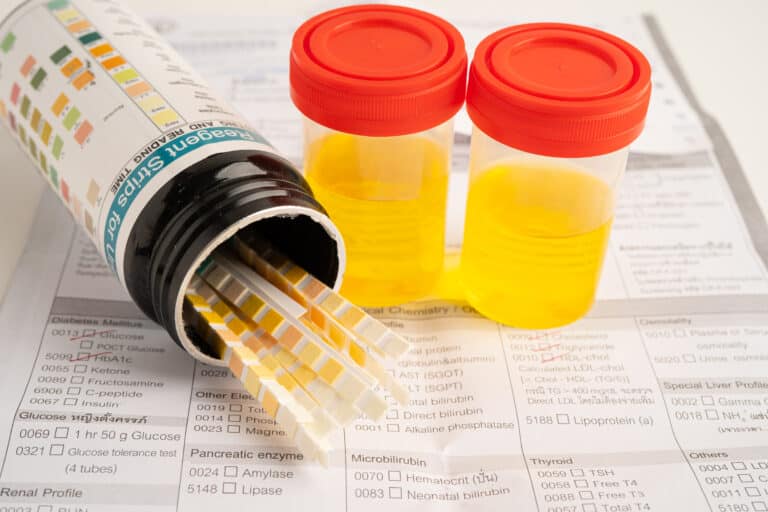As we get ready for the transition from fall to winter, you should probably consider preparing your mental health as well. With the changes in season, people can start experiencing their moods change as well.
If you find yourself struggling with longer nights, colder weather, and gloomier days, you might be experiencing seasonal affective disorder (SAD) or seasonal depression. Seasonal affective disorder (SAD) is a form of depression that is characterized by the change in seasons typically fall to winter.
The lack of warm weather and sunny days can cause you to feel sad, low in energy, or change your day-to-day habits.
So what are some ways to fight the winter blues? Continue reading to learn some tips about beating seasonal depression.
What Is Seasonal Depression?
In the general population, seasonal affective disorder affects up to 3 percent of people. In people with major depression, it affects between 10 and 20 percent, and in people with bipolar disorder, it affects 25 percent.
While some people may not think seasons can cause that drastic a change to your mood, SAD is more than just “winter blues”. Symptoms of seasonal affective disorder can be overwhelming and disrupt the way you go about your day.
Aside from being in the middle of winter, we are also dealing with a pandemic.
From being isolated in quarantine to being separated from social gatherings, COVID-19 has had a large impact on our approach to daily life and it still does.
People have had to deal with financial struggles as well as the loss of loved ones. Accompanied by other factors and those brought on by COVID-19 can lead to seasonal affective disorder.
Signs and Symptoms
People have had to deal with financial struggles as well as the loss of loved ones. Accompanied by other factors and those brought on by COVID-19 can lead to seasonal affective disorder (SAD).
Common symptoms of seasonal affective disorder include:
- Feeling of sadness or depressed mood
- Marked loss of interest in activities that were once enjoyed
- Changes in appetite – usually eating more
- Loss of sleep and energy
- Sense of unworthiness or guilt
- Suicidal ideation
- Trouble concentrating or increase in restlessness
- Feeling sluggish or agitated
Tips on How to Beat Seasonal Depression
1. Get Moving
One of the leading causes of SAD is the lack of physical activity and being outside. Trying an exercise program and staying consistent with it could help out with seasonal affective disorder.
According to the National Institute of Mental Health, exercises have proven to reduce symptoms id anxiety and depression.
Exercises that might help with SAD include:
- Aerobics
- Jogging
- Running
- Walking
- Gardening
- Dancing
2. Interact with Others
With COVID and the colder months keeping you inside your home, it’s hard to interact with people on a day-to-day basis physically. Now more than ever, people are feeling isolated, alone, and separated from their loved ones.
While social interaction is not what it used to be, it’s a good idea to continue interacting with others. Engaging in social interactions can help lift your mood and can also help you escape your head.
Checking in on other people, calling them on the phone, facetime them, or communicating online that boosts your morale and uplifts your spirit.
3. Try Light Therapy
Also known as phototherapy, light therapy is another solution to fight seasonal depression. Bright light therapy involves using a unique lamp with white fluorescent lights that mimic sunshine and can help you manage symptoms of SAD.
Light therapy is believed to alter the chemicals in the brain, improving mood and sleep, thus easing the symptoms of SAD.
Compared to regular light, using a lightbox can help with other depression, sleep disorders, and other mental health conditions.
When using phototherapy, be cautious not to look directly into the light. Place the lamp about 2 to 3 feet away from you while you eat, read, or engage in other activities.
4. Seek Treatment
If the “winter blues” get too severe, it might be time to talk to a doctor or mental health professional. After all, SAD is a form of depression.
While the tips up above are great, they are just that: tips, not solutions. Talking about your symptoms of seasonal depression can help you get the proper treatment you need to feel your usual self again.
Your doctor will be able to accurately assess your symptoms to truly see if you have SAD.
You can also contact us, SoCal Sunrise Mental Health, to look into health therapy. Our mental health treatment center provides several therapeutic modalities to combat depression.
Contact SoCal Sunrise Today!
If you or a loved one is struggling with seasonal depression, contact us today. Our expert staff is ready to help you with any mental health inquiry you might have.
From depression to bipolar disorder, our facility incorporates various treatments to get you back on your feet. Don’t hesitate to call today at (949) 284-7325.






